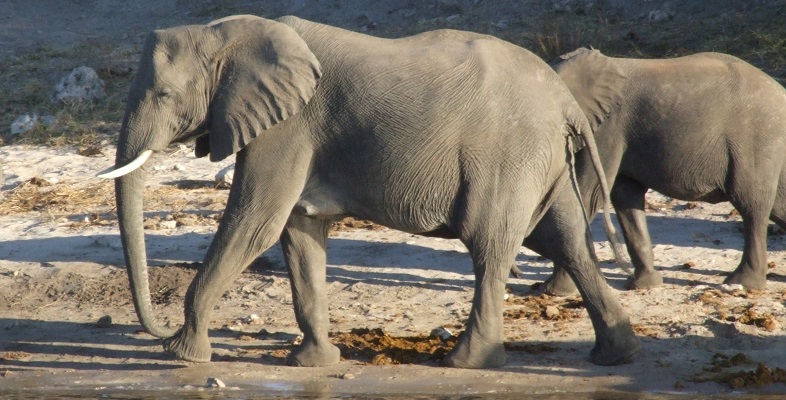3.1 How should we think of monotremes?
Years ago, biologists often thought of the term ‘egg-laying mammal’ as synonymous with ‘reptile-like mammal’ or ‘primitive mammal’. Now, with our greater understanding of monotreme biology, these emotive terms are disapproved of, since these animals have so many authentic mammalian features. For example, if echidnas didn’t lay eggs, you might be forgiven for thinking of this animal as another species of hedgehog. However, the hedgehog is a placental mammal. Although the period of development within the egg is relatively brief, many aspects of reproduction and maternal care in the monotremes are distinctly mammalian.
It would be wrong to describe the monotremes as genuinely primitive or unsuccessful. They are specialist feeders; the platypus feeding on invertebrates (e.g. freshwater shrimp, insect larvae or small molluscs) living in the bottom of streams, while echidnas are terrestrial carnivores. The word ‘primitive’ implies a similarity with ancestral types, but in terms of lifestyle and anatomy, there’s not a lot to link monotremes with the ancestral mammals typified by Megazostrodon (shown earlier in Figure 4).
There are further reasons NOT to think of monotremes as ineffective species that haven’t quite ‘made it’ in an evolutionary sense. As part of their specialist form of feeding, the platypus has highly developed sense organs. It has eyes and ears but can cover these when it is underwater. It then relies on the sensory cells in its rubbery beak. One type of sense cell can detect touch. A second group of sensory cells is sensitive to the tiny electrical charges that are produced by living organisms. The platypus uses this remarkable sense organ as a scanner, looking for prey items on the bed of the river that is its home. If we think of numbers as a measure of an animal’s success, monotremes are certainly successful. Echidnas – at least the short-nosed species – are described as ‘quite common across their geographical range’. The platypus inhabits a particular type of environment (i.e. it occupies an environmental niche) that is threatened by human habitation, so numbers fell soon after the beginnings of European settlement in Australia in the 18th century. Recent conservation measures have meant that the species is no longer under severe threat.
And how long have monotremes existed? A platypus fossil found in Queensland is about 25 million years old, but the oldest monotreme fossil (a jaw bone) is over 100 million years old. Their evolution could therefore be described as conservative, with little evidence of major changes over time. However, biologists remain ignorant about what the ancestors of monotremes looked like and what historic relationship they had with the evolutionary lines that gave rise to marsupial and placental mammals.
